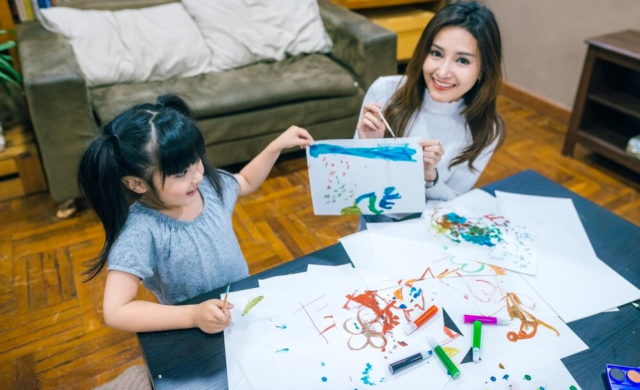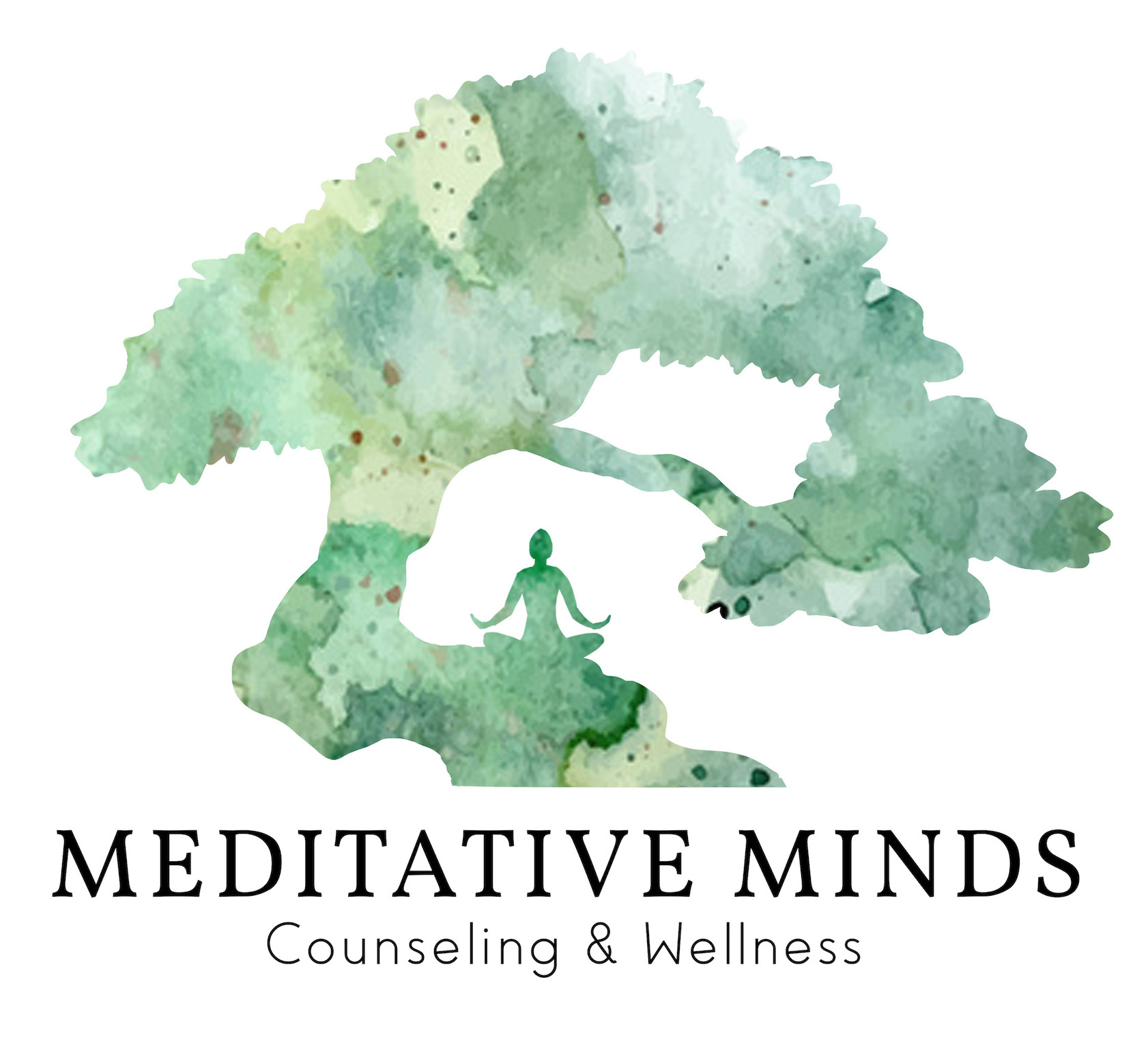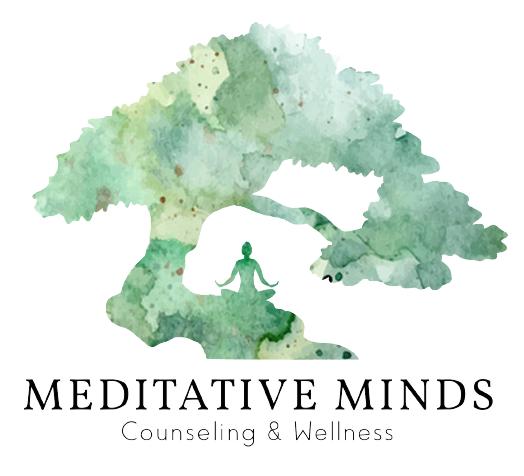Art therapy, a form of expressive therapy, has been gaining popularity in recent years as a method of healing and self-discovery. It combines the power of creativity with the benefits of traditional therapy, making it a unique and effective approach for working with children. In this blog post, we will explore the world of art therapy and how it can be used in child counseling.
What is Art Therapy?
Art therapy is a form of psychotherapy that uses art as a medium for communication and self-expression. It can be used to address a variety of emotional and psychological issues, including trauma, anxiety, depression, and behavioral problems. The creative process in art therapy allows individuals to tap into their subconscious and express themselves in a non-verbal way.
How Does Art Therapy Work?
Art therapy can be done individually or in a group setting, and typically involves a combination of techniques such as drawing, painting, sculpting, and collage-making. The therapist provides a safe and supportive environment for the child to explore their thoughts and feelings through art. This process allows children to express their emotions in a non-threatening way, making it easier for them to open up and communicate.
Benefits of Art Therapy for Children
Encourages Self-Expression:
Unlike traditional talk therapy, art therapy allows children to express themselves without the pressure of finding the right words. This can be especially beneficial for children who have difficulty communicating their feelings or have experienced trauma.
Encouraging self-expression is essential for personal growth and development. By expressing oneself, individuals can gain a better understanding of their own emotions, thoughts, and values. It allows them to explore and discover their true identity, build self-confidence, and develop a stronger sense of self-awareness. This, in turn, can lead to better mental health and overall well-being.
Alleviates Stress and Anxiety:
Engaging in the creative process can be a calming and soothing experience for children. It provides a healthy outlet for their emotions, reducing stress and anxiety. Stress and anxiety have become all too common in today’s fast-paced society. The constant pressures of work, family, and social expectations can leave us feeling overwhelmed and burnt out. While there are various methods and techniques to manage stress and anxiety, one natural and effective way to alleviate these feelings is through the practice of yoga.
Builds Self-Esteem:
Creating something from scratch can give children a sense of accomplishment and boost their self-esteem. In art therapy, the focus is on the process rather than the end result, which helps children feel less self-critical and more confident in their abilities. Self-esteem is often described as the overall evaluation of oneself. It is how we view and feel about ourselves, our abilities, and our worth as individuals. Having a healthy self-esteem is crucial for our emotional and mental well-being. It affects how we interact with others, make decisions, and handle challenges. Building self-esteem is a continuous process, and we should all strive to improve it. Here are a few ways that building self-esteem can positively impact our lives.

Encourages Problem-Solving Skills:
In art therapy, children are encouraged to explore different materials and techniques, which can help them develop problem-solving skills. They learn to think outside the box and come up with creative solutions to challenges. Problem-solving skills can be defined as the ability to identify problems and find effective ways to address them. This involves analyzing the situation, evaluating different options, and making a decision that leads to a successful outcome. These skills are not only essential for personal growth but are also highly valued by employers. Let’s take a closer look at how problem-solving skills encourage success.
Fosters Self-Awareness and Insight:
The art created in therapy can serve as a window into a child’s inner world. By interpreting their artwork, children can gain insights into their thoughts, feelings, and behaviors. One of the most significant benefits of self-awareness is the insight it provides. When we are self-aware, we have a deeper understanding of our thoughts, feelings, and actions. We begin to see patterns in our behaviors and understand why we react the way we do in certain situations. This insight allows us to identify the root causes of our emotions and address them effectively instead of ignoring them or letting them control us.
Who Can Benefit from Art Therapy?
Art therapy can be beneficial for children of all ages, backgrounds, and abilities. It can be particularly helpful for children who have experienced trauma, have difficulty expressing themselves, or struggle with behavioral issues. It can also be used as a tool for self-discovery and personal growth for children who are generally well-adjusted.
Conclusion
In conclusion, art therapy is a powerful and valuable tool for child counseling. It allows children to communicate their thoughts and feelings in a safe and creative way, while also providing numerous benefits for their emotional and psychological well-being. Whether used as a standalone therapy or in conjunction with traditional talk therapy, art therapy has the potential to unleash the creativity and healing within every child.
Art therapy is a valuable and effective form of counseling for children. By providing a safe and creative outlet for self-expression, it can promote emotional and psychological well-being and aid in the healing process. If you believe your child may benefit from art therapy, contact us today at Meditative Minds Counseling & Wellness, located at 2806 Cochran St, Simi Valley, CA 93065. We are dedicated to helping children develop healthy coping skills and live fulfilling lives.


